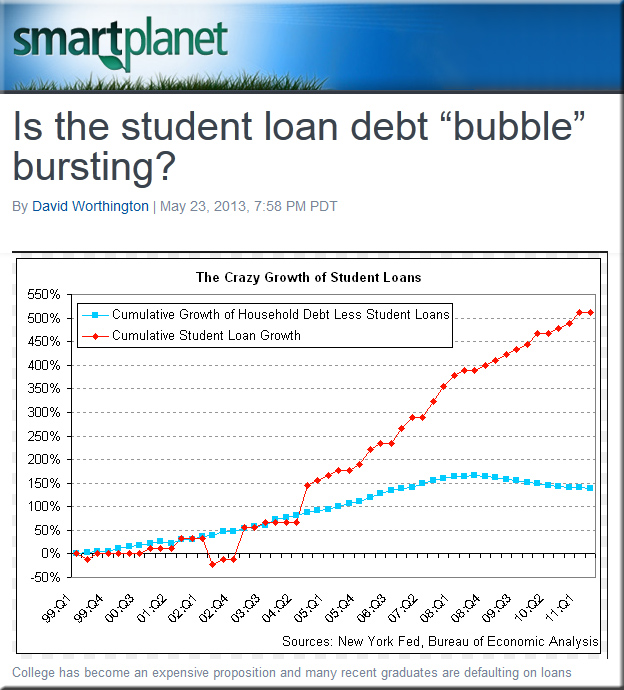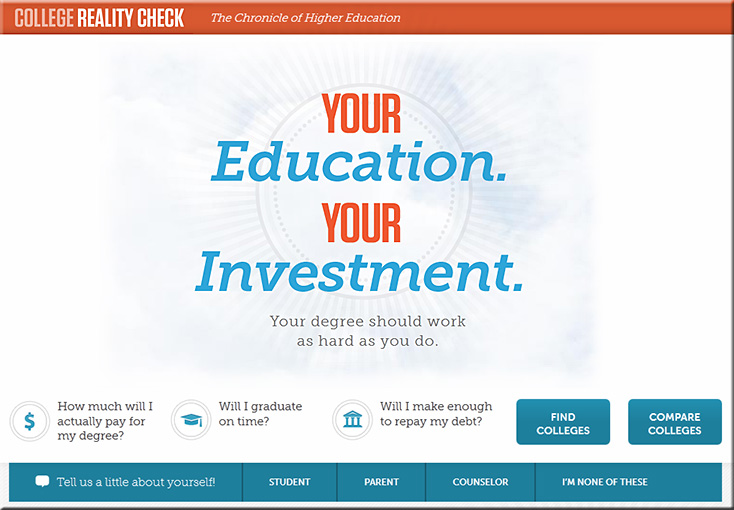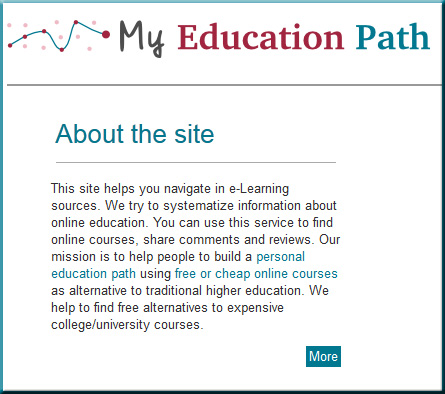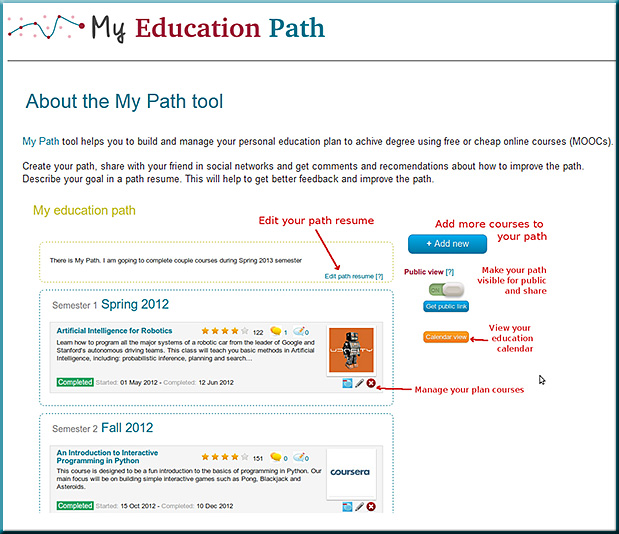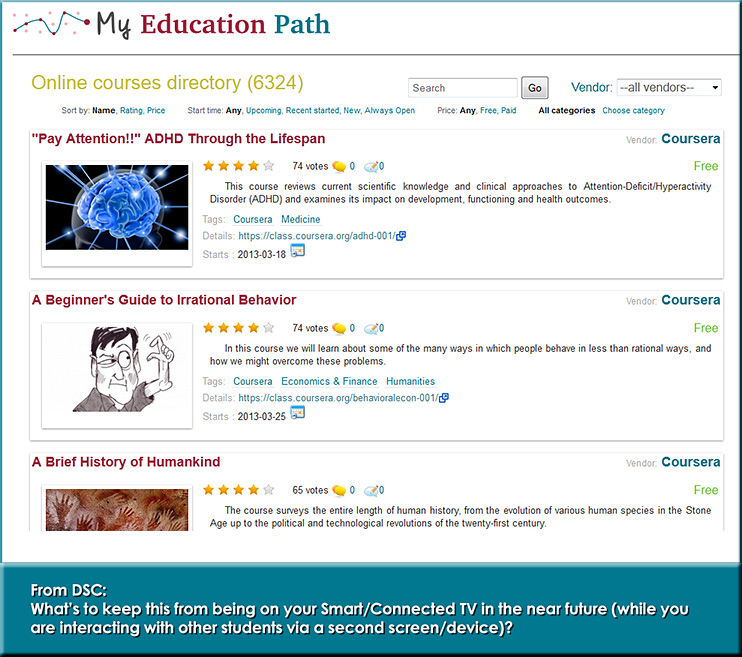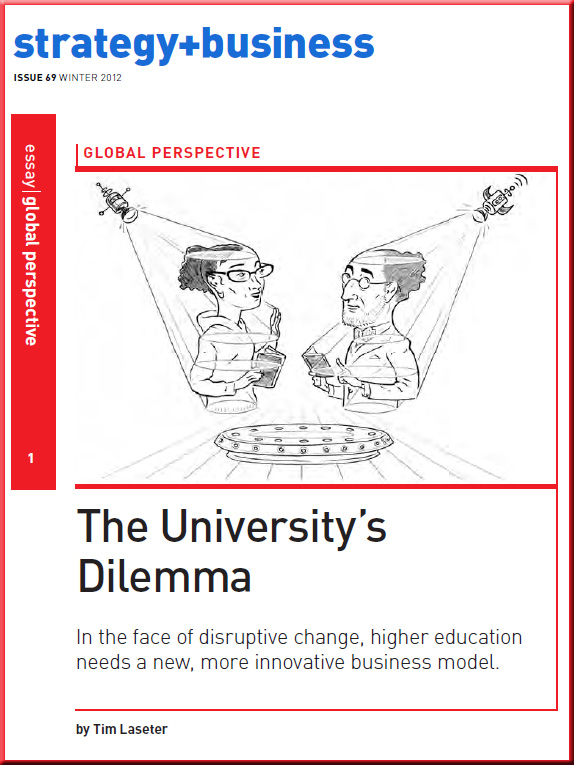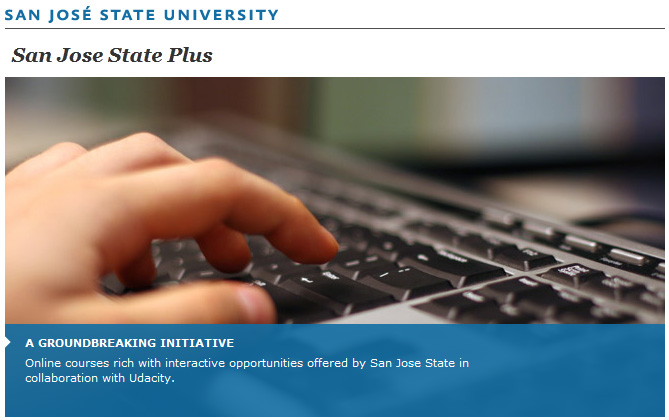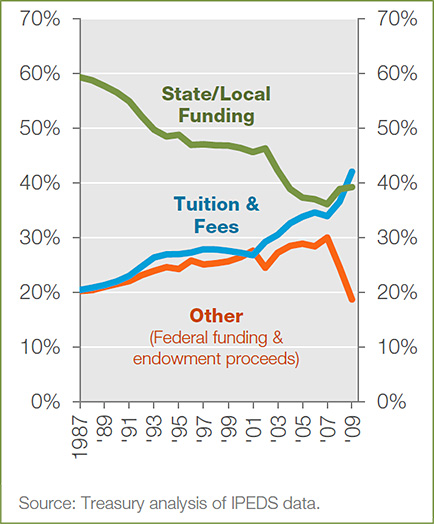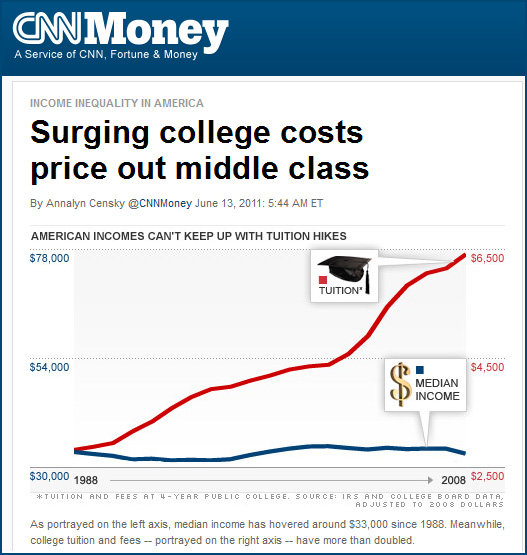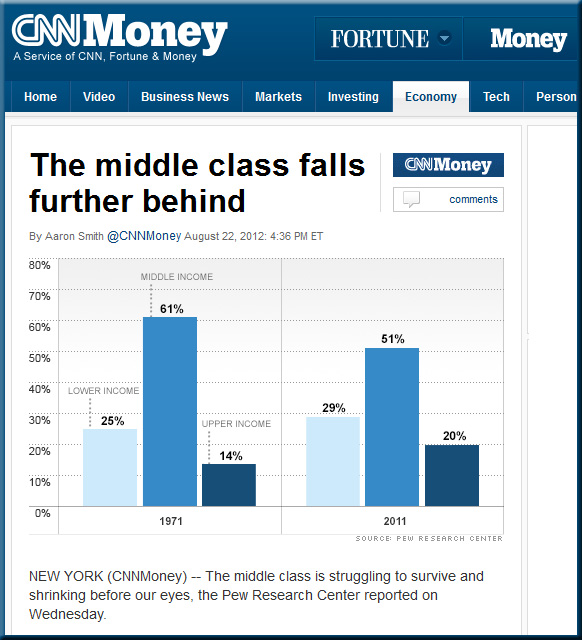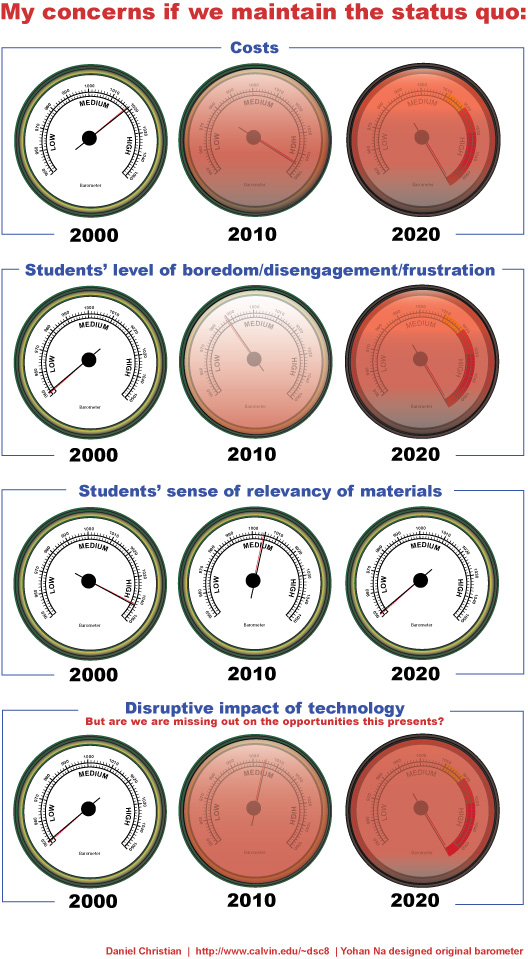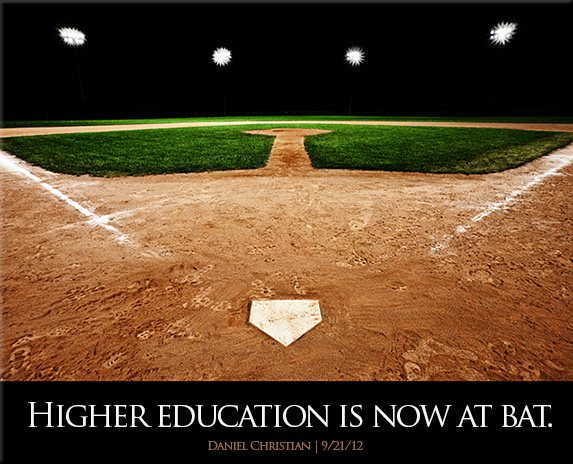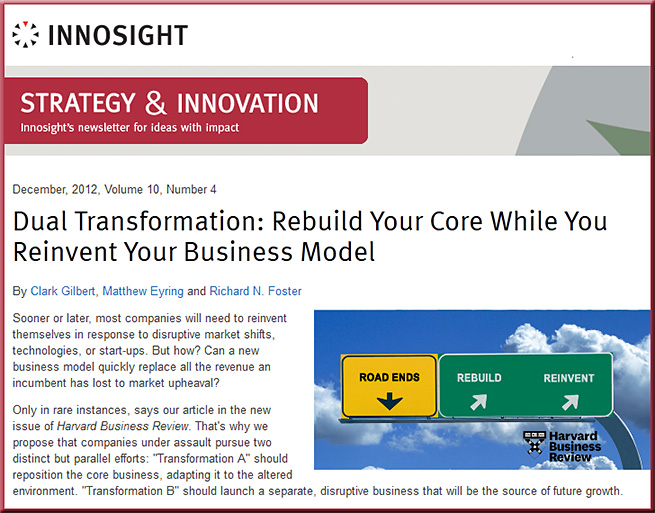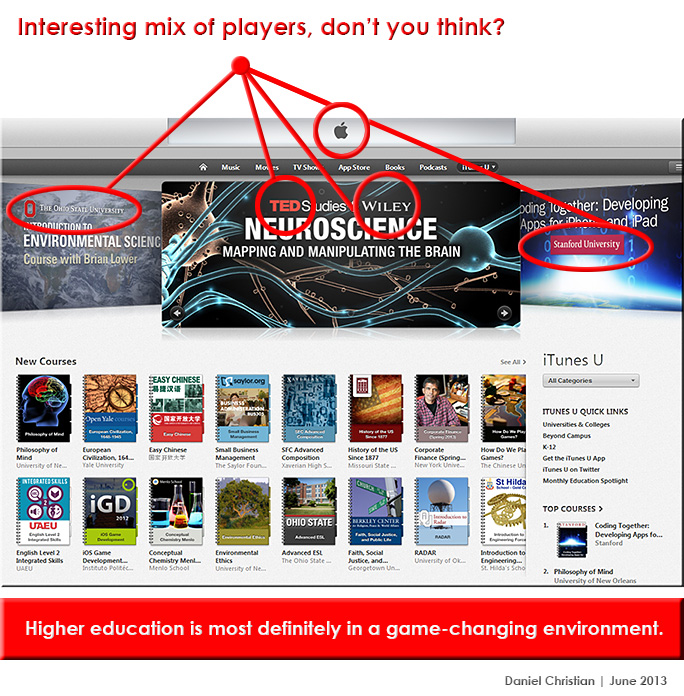
Colleges face a reality check from powerful new tools in applicants’ hands — from chronicle.com by Jeff Selingo
40 years coming, the revolution is here — from gettingsmart.com by Tom Vander Ark
Excerpt:
Moe sees learners creating a “personalized knowledge portfolio,” an unbundled sequence of learning experiences from multiple providers.
Moe sees an innovation ecosystem emerging, and calls it KaizenEDU. In this emerging ecosystem, it’s the “return on education” that matters. Moe argues the entrepreneurs that help create great learning gains are the ones that will create great shareholder value.
Healthcare gives us a picture of what that could mean for edtech. In 1970 there were 3 companies worth more than $1 billion. Last year, health care made up 13% of U.S. GDP and there were 398 companies with a market cap of more than $1 billion. Education is about 9% of GDP but there are only 5 public companies worth more than $1 billion. The difference is a result of dramatic under investment in R&D, but that’s changing!
…
The three emerging areas requiring more attention, according to Shelton, are early learning tools and resources, summer and out of school learning, and course redesign in higher education.
If you build it, debt will come — a solid article from quickanded.com by Jeff Selingo
Excerpt (emphasis DSC):
When we read or hear stories in the news media these days about debt in higher education, we typically assume they are about the trillion dollars in student loans held by college graduates and their families.
But last week The New York Times put the spotlight on an often ignored angle to questions of debt in higher education: the amount of money owed by colleges and universities themselves.
“The pile of debt — $205 billion outstanding in 2011 at the colleges rated by Moody’s — comes at a time of increasing uncertainty in academia,” Andrew Martin of The Times wrote in a front-page story.
…
Yet judging from the college officials quoted in The Times story, it seems they still don’t get that the financial model in higher education is forever changing. They still seem to believe that the model that has carried them for decades will continue.
The history of the United States is littered with industries that had similar hubris in the years or decade before they underwent massive change. Higher education is following that well-worn path.
Also see:
- Building a showcase campus, using an I.O.U. — from nytimes.com by Andrew Martin
From DSC:
I must confess that I really appreciate the new or significantly enhanced buildings on our campus (which was done via a successful campaign). However, I created the graphic below to encourage our development group and other such departments across the country — as well as the donors of those institutions — to also:
.

.
When I created that graphic, I had the words of Steve Jobs in mind. Jobs specifically wanted Apple’s campaign from years ago to say, “Think different” (not think differently…as that changes the meaning, he asserted); along those lines, I’m suggesting, “Think virtual.”
An additional note for folks who are interested in the Bible:
- After reading John 4 (the conversation between Jesus and the Samaritan woman at the well), I could just hear the LORD saying…hmmm…nope…ultimately, you need to think spiritual.









